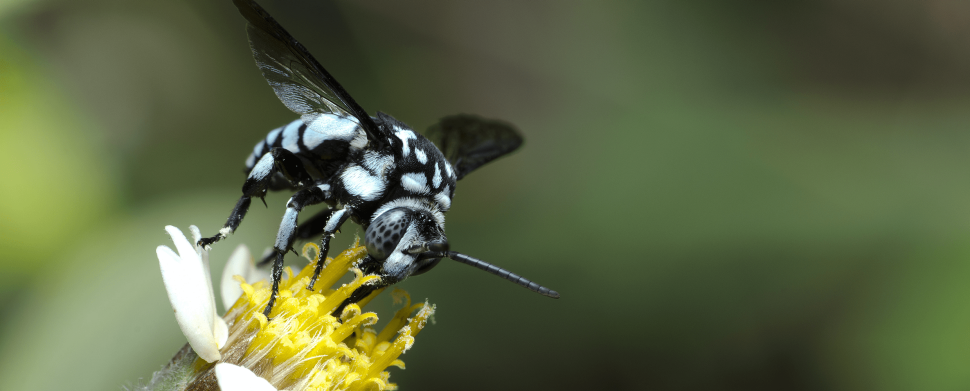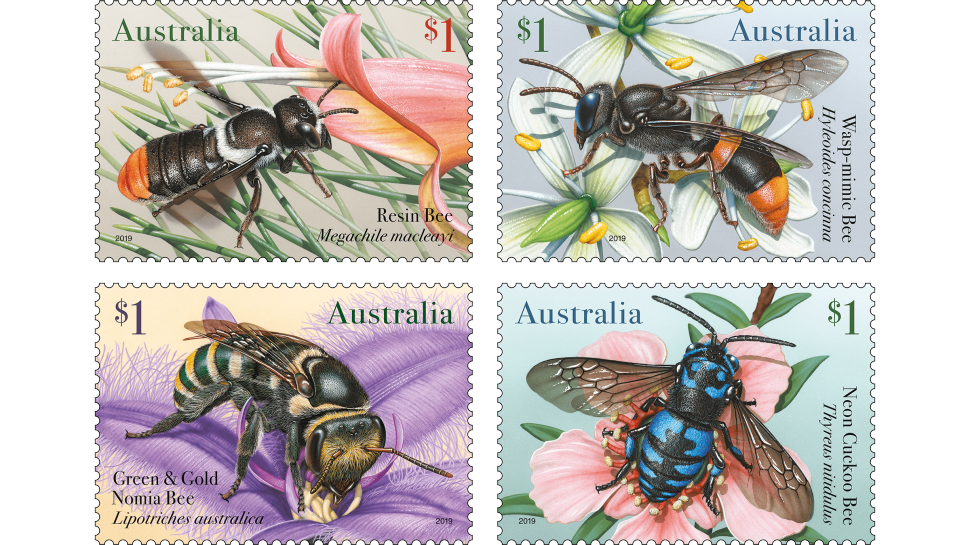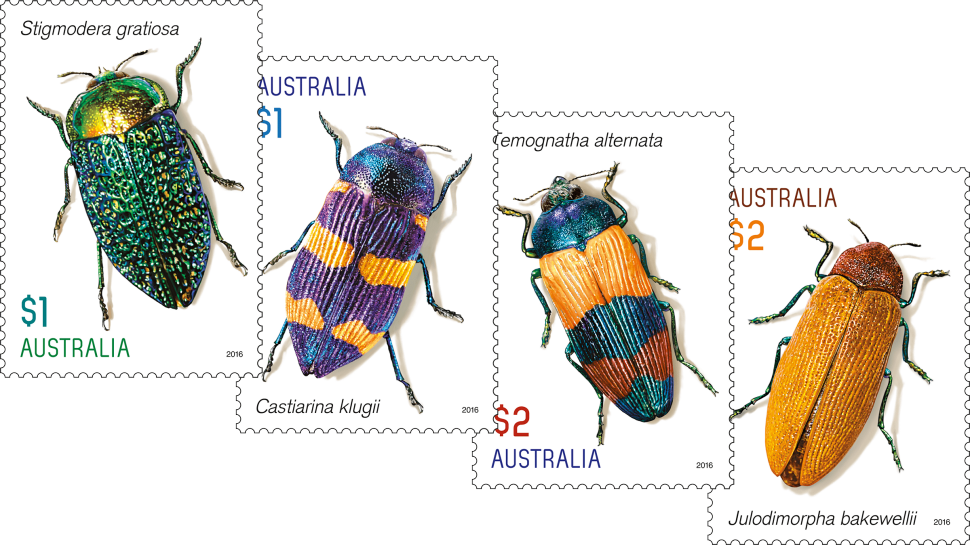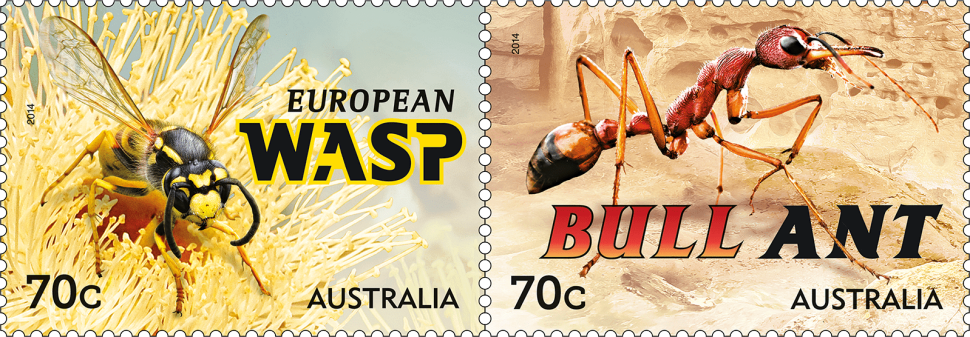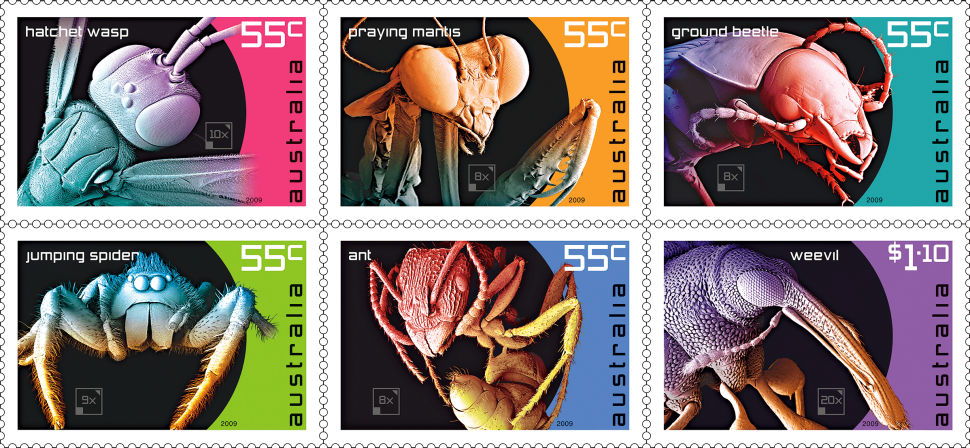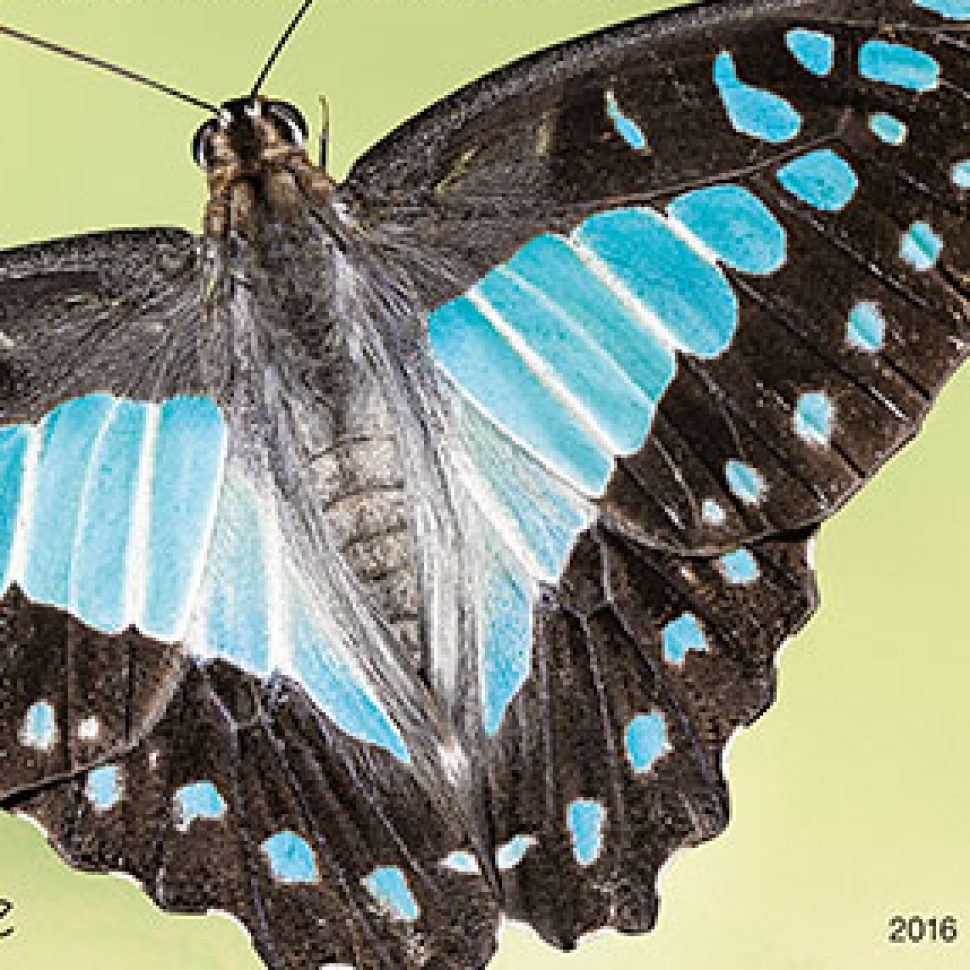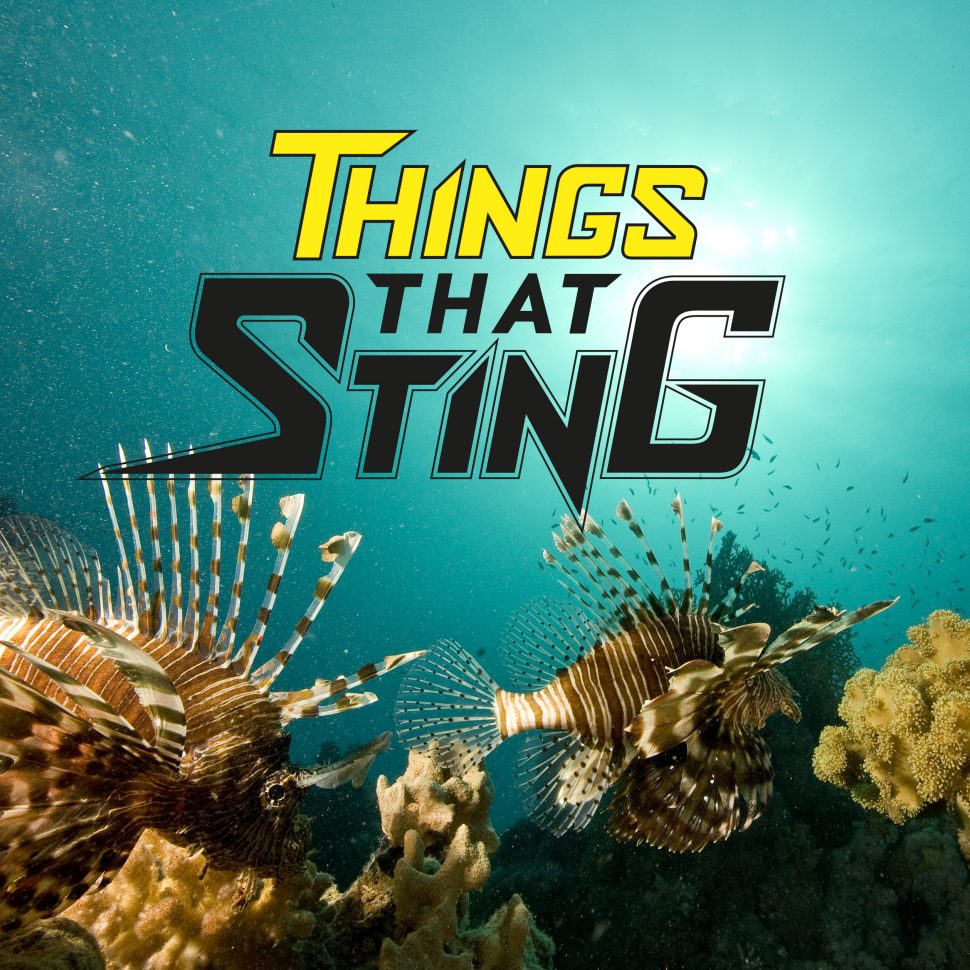On 14 May 2019, we will release a stamp issue featuring Australian native bees. There are more than 1,500 native bee species in Australia, most of which are solitary and all of which are a vital part of our natural environment, particularly as pollinators of native flora. Many native bees are able to perform “buzz pollination”, whereby the pollen is literally shaken free and dispersed by the vibrations of the visiting bee. Regular honey bees cannot perform this kind of pollination.
The stamp issue depicts representatives from the four main native bee families in Australia: Resin Bee (Megachile macleayi), Green and Gold Nomia Bee (Lipotriches australica), Wasp-mimic Bee (Hyleoides concinna) and Neon Cuckoo Bee (Thyreus nitidulus).
These stunning illustrations, by wildlife artist Kevin Stead, remind us of the incredible beauty and diversity present in our natural world. Insects have featured regularly in the Australia Post stamp program in recent years – some well known, some less so, some beautiful, some not, but each entirely interesting and valuable.
Beautiful Butterflies (2016)
On 3 May 2016, we released Beautiful Butterflies, which focused on four bright and attractive species showcased via stunning photography. Butterflies captivate us because they are beautiful and scientifically important yet are fleeting in nature. Scientifically important because butterfly numbers can be a key indicator of the health of the surrounding environment, let alone for their role in pollination. This is no doubt why butterflies have featured on more than 30 Australian (and Australian Territories) stamps as well as a 2003 issue of aerogrammes and international postage prepaid envelopes.
The Beautiful Butterflies stamps were designed by Sharon Rodziewicz, from the Australia Post Design Studio.
The Pale Triangle (Graphium eurypylus), the Chequered Swallowtail (Papilio demoleus) and the Cairns Birdwing (Ornithoptera euphorion) are all members of the swallowtail family. Swallowtails are typically large, boldly coloured and decorative and are named for the presence, in many species, of a tail on their hind wing. The Pale Triangle can be distinguished from Blue Triangle (Graphium sarpedon) by the extra white spots in the black areas along the outside of its forewings. Adults of the species enjoy flying high up in the canopy or along margins of the forest at great speed.
The large, boldly coloured Cairns Birdwing is found only in coastal areas of northeast Queensland. The female of the species is the largest butterfly found in Australia, with a wingspan of around 15 to 20 centimetres.
The Bordered Rustic (Cupha prosope) is the only member of the genus Cupha in Australia. This eye-catching, low-flying butterfly can often be seen settling on sunny foliage, slowly pulsing its wings, in small clearings and along creeks, at the edges of thick rainforest in some coastal areas of New South Wales and Queensland.
Jewel Beetles (2016)
The Jewel Beetles stamp issue was released on 6 September 2016 and presents four colourful Australian jewel beetles, each representing a different genus: Stigmodera gratiosa, Castiarina klugii, Temognatha alternata and Julodimorpha bakewellii.
The life-like digital illustrations, by Owen Bell, were based on jewel beetle specimens contained within the natural history collection of Museum Victoria. Presented on a white background, the creatures are intended to appear as though they are about to crawl out of the stamp area.
Jewel beetles are so named due to their spectacular and iridescent appearance. Their colour changes depending on the angle of the light and doesn’t fade, which is how jewel beetles retain their jewel-like sparkle, even after they die.
During the warmer months they are often seen on the flowers of native trees and shrubs, in various forests, woodlands and desert environments throughout Australia. Most adult jewel beetles are nectar feeders, drinking from tea-tree and eucalyptus flowers, but some are leaf feeders.
Julodimorpha bakewellii is somewhat of a celebrity in entomology circles, as the subject of an award-winning scientific discovery. In 1983, entomologists David Renz and Darryl Gwynne revealed that males of the species in Western Australia were mistaking a particular type of discarded glass bottle for the female of the species. The bottle’s amber colour and small dimples at the base confused the beetle’s mating system. The local manufacturer modified the bottle to remove the dimples, and their findings were published in the journal of the Australian Entomological Society. Many years later, in 2011, the researchers received an Ig Nobel Prize, which is awarded for amusing yet interesting scientific discoveries.
Things that Sting (2014)
While many insects are attractive and useful, some also pose a danger to humans. As part of Stamp Collecting Month 2014, we presented a range of “things that sting”, including two insects: the European Wasp (Vespula germanica) and Bull Ant (genus Myrmecia).
The European Wasp can be identified by its bright yellow and black striped abdomen. This insect is native to Europe, North Africa and Asia and is regarded as a pest in Australia. It was first found in Tasmania in 1959 and is now also common throughout many southern regions of the mainland. The European Wasp is aggressive and can sting repeatedly, even without provocation. The sting is painful and can cause an allergic reaction in some people.
Australia is home to around 90 species of Bull Ant. Found throughout the country in diverse habitats, these ants are typically large and aggressive, some reaching up to four centimetres in length. They are often brightly coloured in shades of red and orange on the head or abdomen and have excellent sight. They live underground in extensive tunnel networks and will defend these nests with all the determination of a Roman legion.
Micro Monsters (2009)
The small stature of insects was the underlying theme in the Micro Monsters stamp issue, released in July 2009. Designed by Wayne Rankin and with specialist photography by Sue Lindsey, the six stamps portray a Hatchet Wasp (genus Evania), Praying Mantis (Mantis religiosa), Ground Beetle (Carabidae), Jumping Spider (Salticidae) and Weevil (Curculionidae) – their intricate features brought to life through photography using a scanning electron microscope (SEM). While the SEM produces black and white images (these form part of the Australian Museum collection in Sydney), the designer has colourised them for optimum effect.
Various special products were released with this issue, including a minisheet printed using the now discontinued six-colour hexachrome printing technique (as opposed to four-colour printing) with thermochromatic ink. The background image shows detail from a Cabbage White Butterfly’s wing, using the same SEM photographic technique, magnified 6,000 times its actual size. Each stamp on the minisheet includes an area that can be rubbed to reveal the degree of magnification used to produce the stamp photograph.
The Native Bees stamp issue is available from 14 May 2019,online, at participating Post Offices and via mail order on 1800 331 794, while stocks last.
View the gallery and technical details from this issue
This content was produced at the time of the stamp issue release date and will not be updated.
